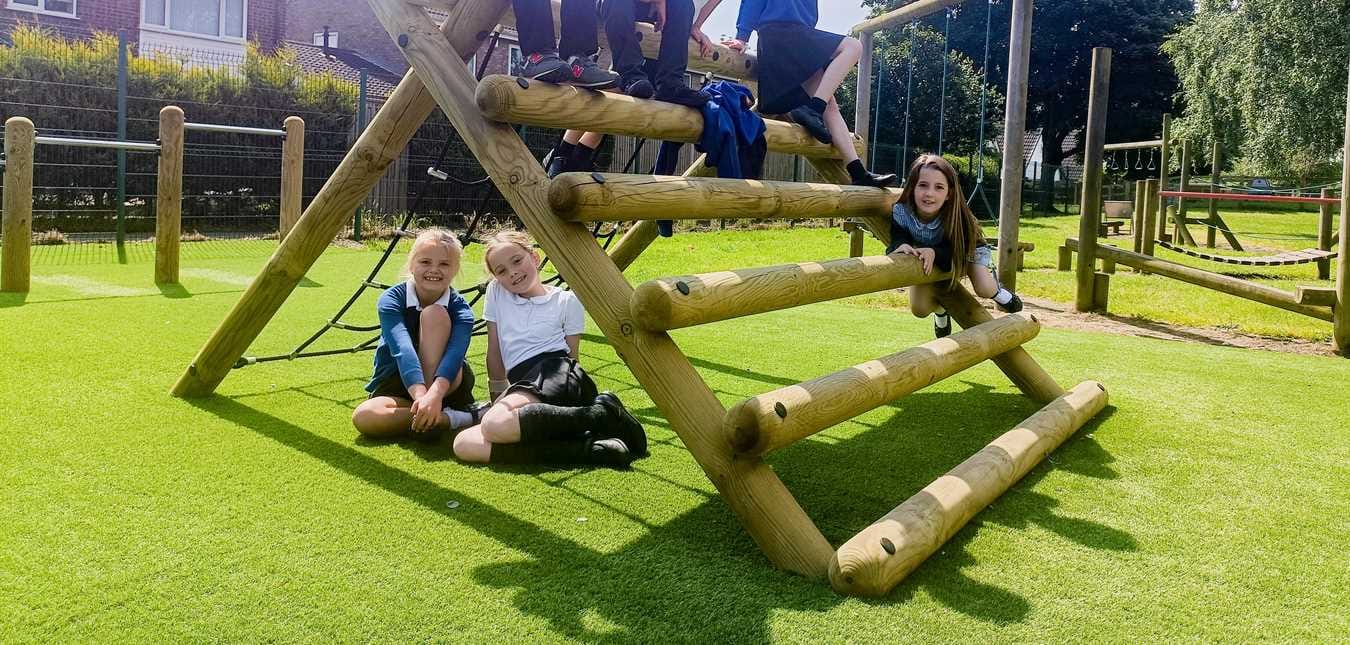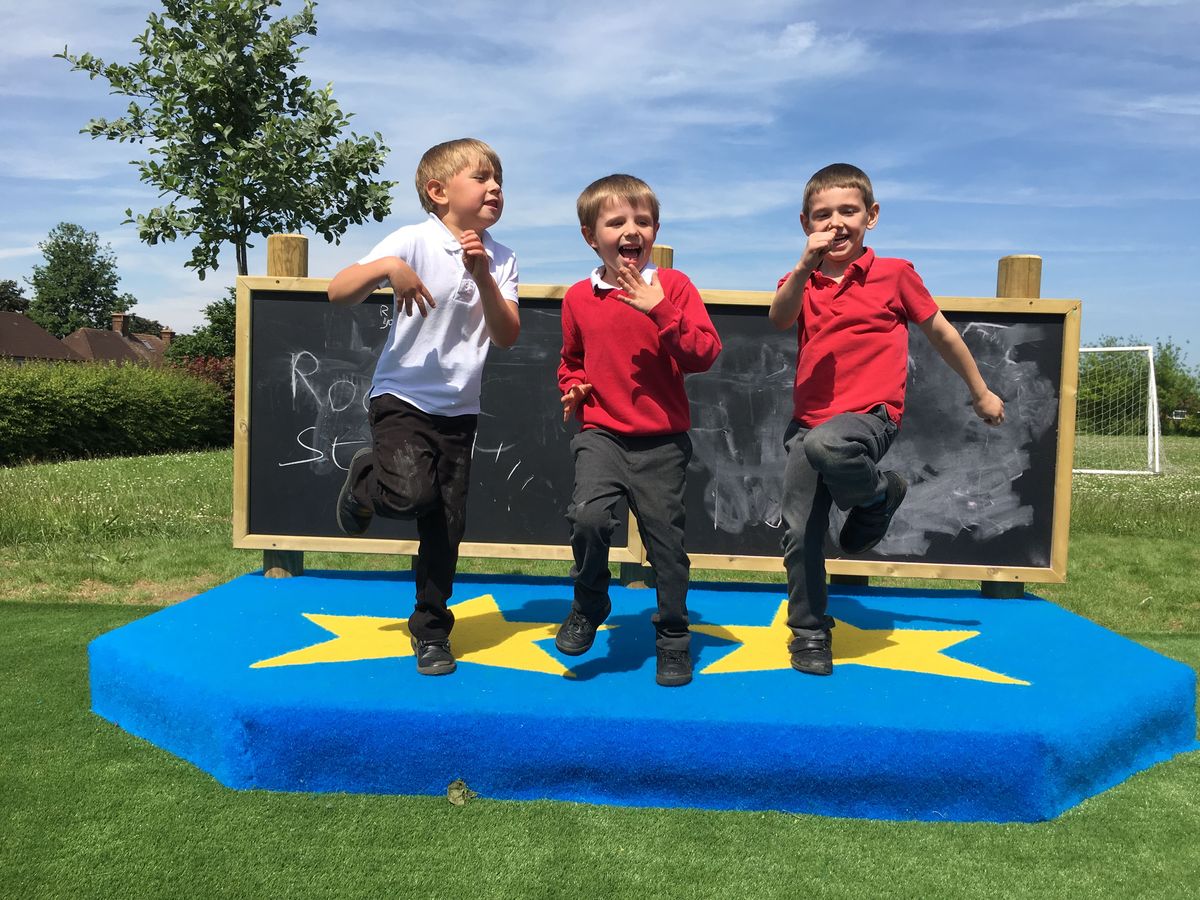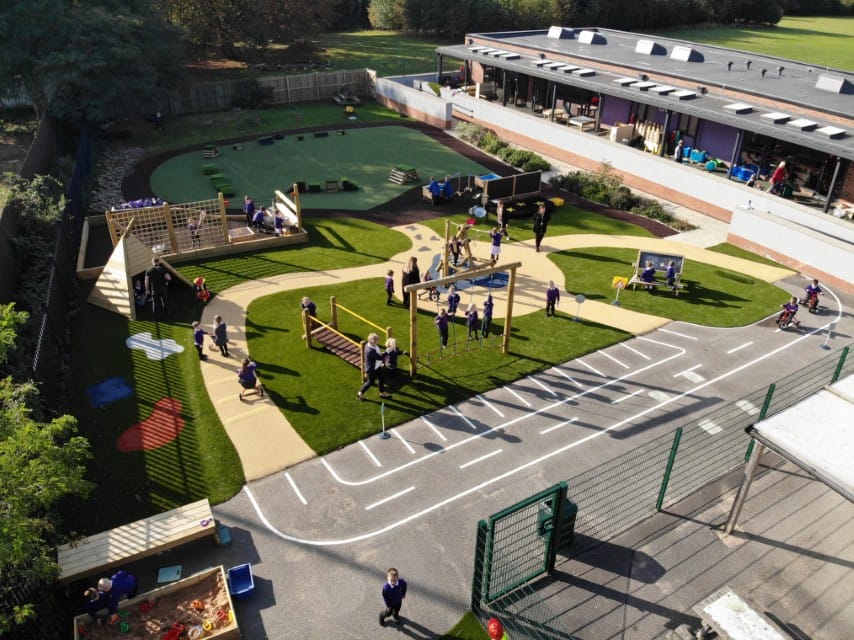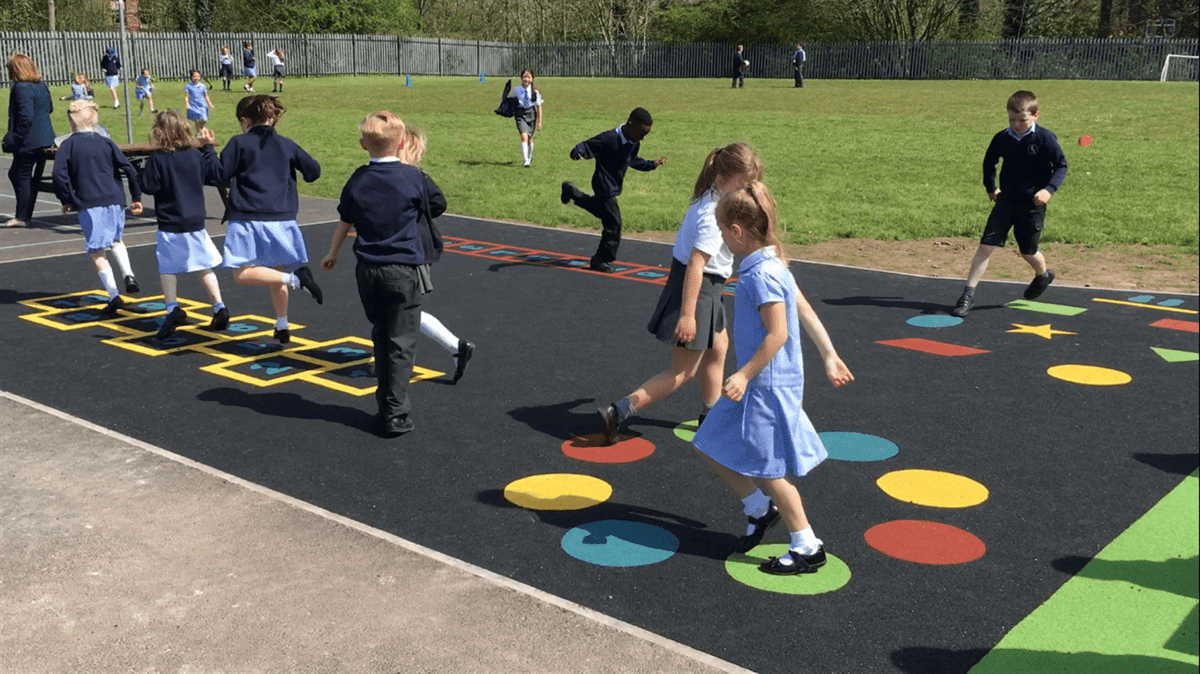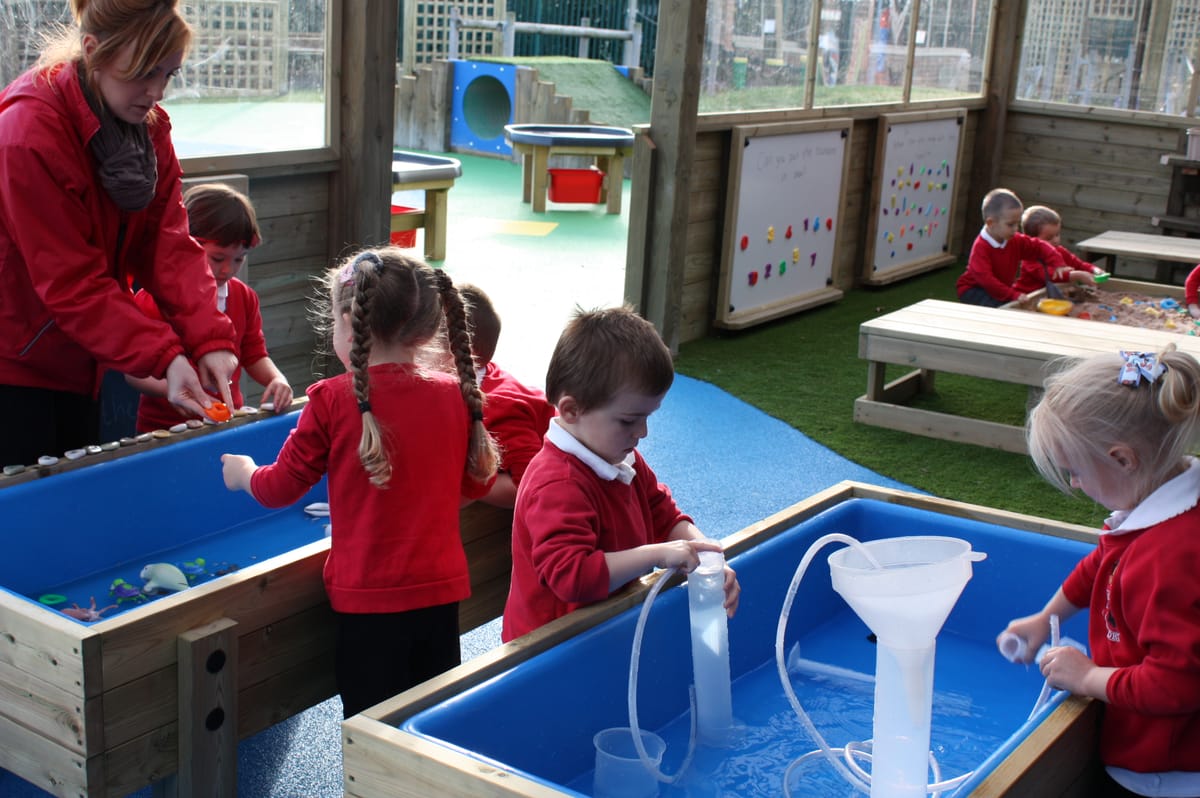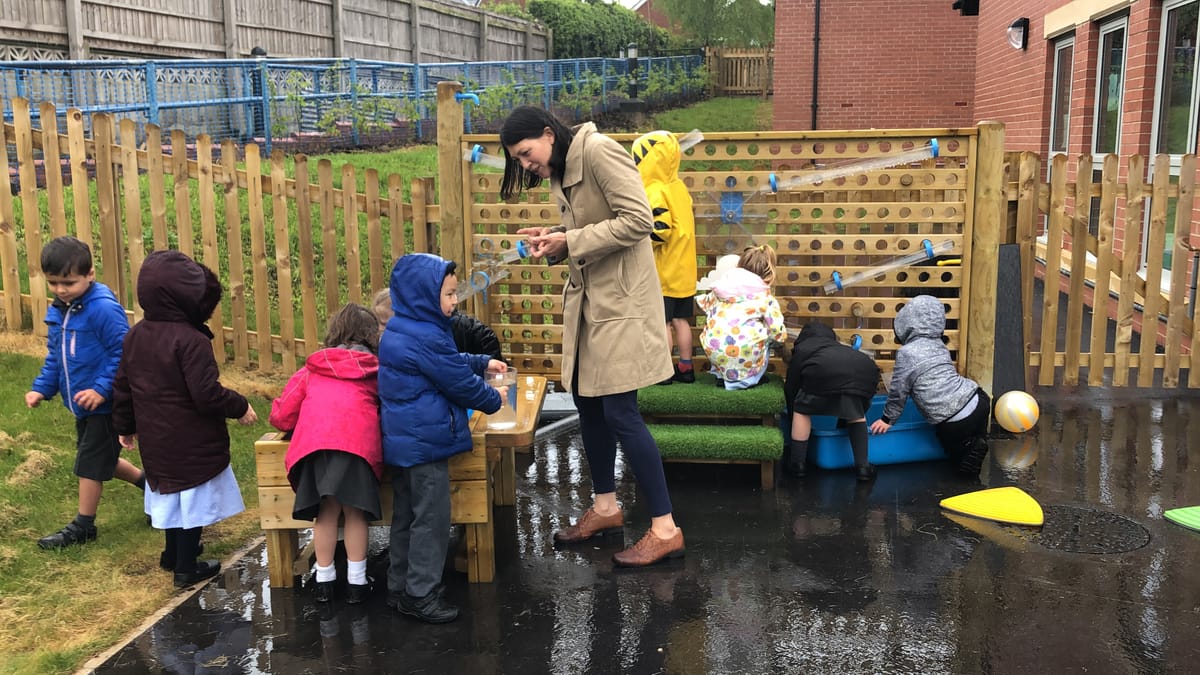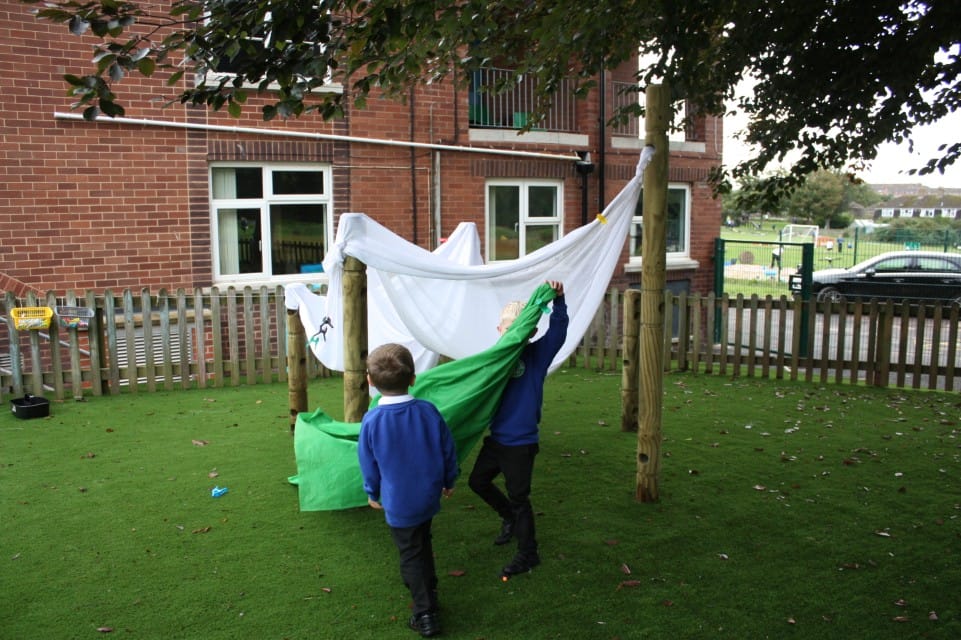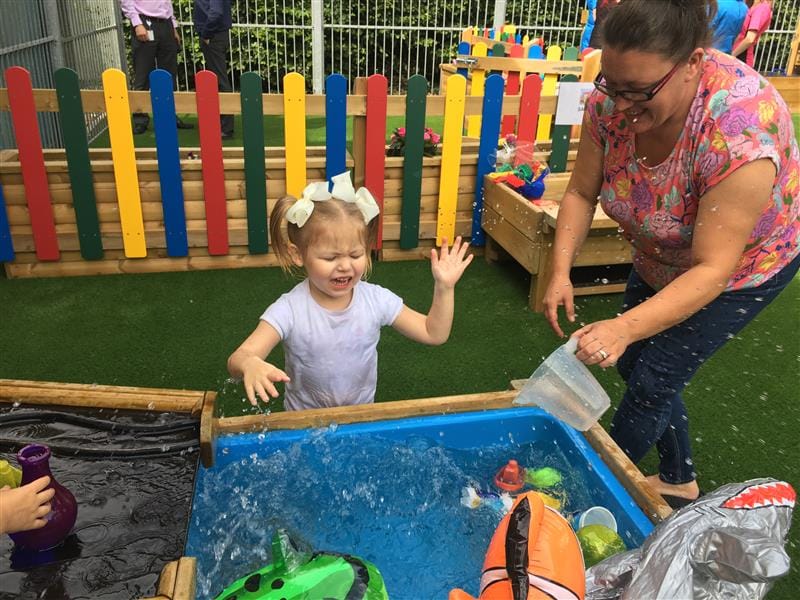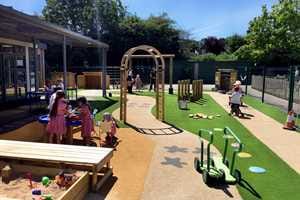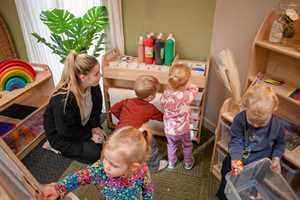
Lesson Ideas and Activities
Creating Weather-themed Activities For EYFS!
We are firm believers in the power of outdoor learning and play here at Pentagon Play.
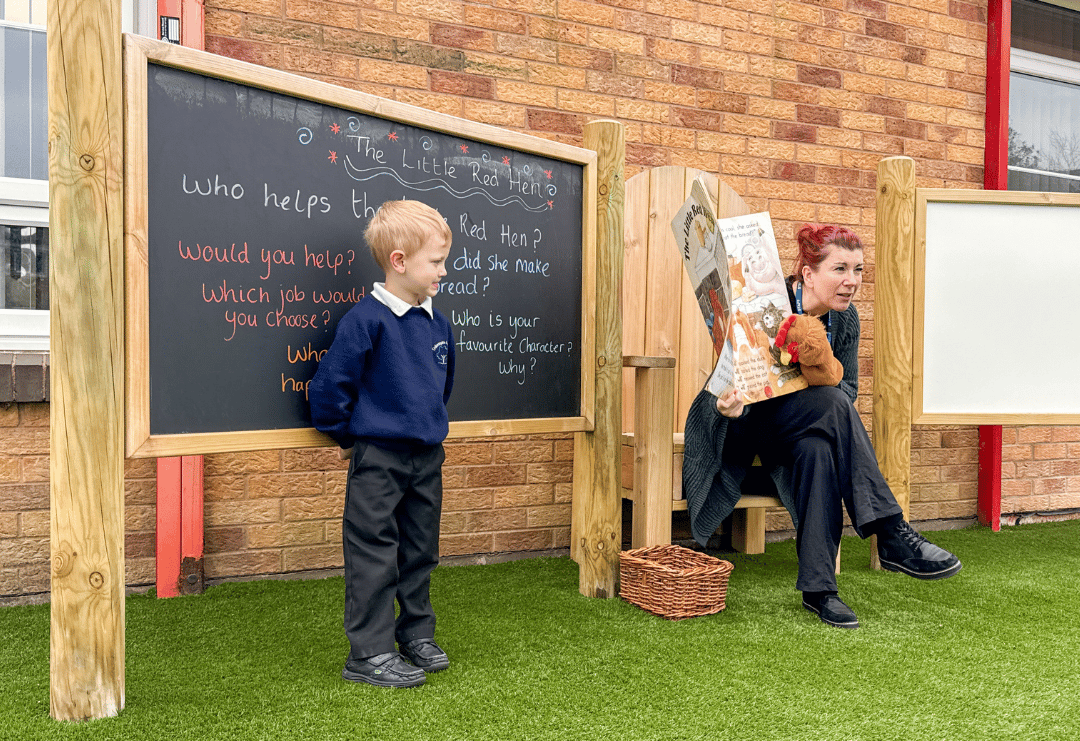
Our latest series of ‘lesson ideas and activities’ blogs will focus on themed learning experiences for EYFS pupils encompassing the seven areas of learning.
Early years pupils love to learn about the magic and mystery of our ever-changing weather conditions. The first blog in this series explores stimulating ways of learning about ‘Our Wonderful Weather’, using first hand observational experiences. Pentagon Play products are ideally suited for active outdoor learning within this topic.
Today’s Weather is…
Begin by talking to pupils about their own birthday. What season does their birthday fall in? What are the weather conditions like at this time of year?
Show pupils an outline map of the British Isles and cards with weather symbols drawn on them such as sun, cloud, rain, fog and snow.
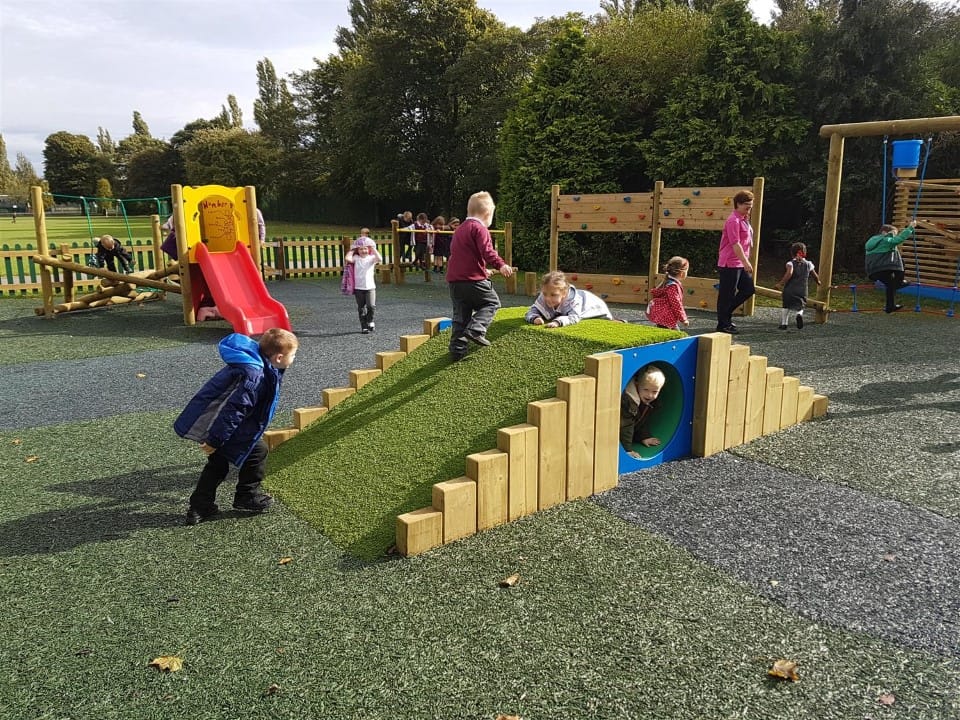
Point out the children’s home town/city as well as England, Ireland, Scotland and Wales and perhaps London. Explain that weather conditions can differ in different parts of the country.
Watch a video clip of a weather report and allow children to volunteer to give their own weather reports.
Weather and Mood
Show children a set of pictures of different kinds of weather and photographs of different facial expressions.
Ask pupils to match facial expressions with a type of weather. There will be a range of answers here, some children may enjoy the rain and splashing in puddles whereas others may be disappointed if they must stay inside. Encourage children to describe different emotions using descriptive language.
Talk about language associated with weather and emotions such as ‘a sunny smile, angry like a stormy day, tears as big as rain drops, in a fog.’
Create a class pictogram showing favourite types of weather. Ask each pupil to draw a small picture of themselves and to stick it onto the correct column. Ask children to draw a picture of themselves doing something they enjoy in their favourite type of weather such as going on a bike ride in summer or reading books under a blanket in winter.
Parachute Games
A weather-themed parachute game can be created by incorporating different weather conditions into parachute actions such as:
- Rain – quickly shaking the parachute up and down.
- Sun- move arms up to lift the parachute in the air.
- Snow – lift the parachute up, take one step in and allow the parachute to fall.
- Wind – rock the parachute side to side.
- Tornado – one person lifts their arms up and makes a bubble to send to somebody else who performs the same action.
Another parachute game involves giving each child a label such as wind, rain snow etc. The parachute is lifted into the air and when for example ‘rain’ is shouted all the pupils from that group run one lap around the parachute, trying to make it back to their place before the parachute falls completely.
Here Comes the Sun!
Get ready to make the most of those sunny days with a collection of engaging lesson ideas and activities designed for outdoor learning and play.
From imaginative role play in a summer holiday shop to hands-on shadow experiments and sunflower planting, these activities encourage children to explore, create, and learn in the sunshine!
Create a Summer Holiday Shop
Talk with pupils about items needed in the summer or for a summer holiday. Reinforce the importance of using suncream and the meaning of words such as waterproof and protection. Talk about why we wear sunglasses and why wearing a t-shirt on the beach may be a good idea.
An outdoor Playhouse is the perfect place to create a summer shop for your class. Items to include in the Summer Shop role play may include: flip flops, toy ice creams, empty sun cream bottles, sunglasses, shorts, t-shirts, sun hats, beachball, bat and ball and bucket and spades.
Items should have labels attached to them with prices stated in pennies and shopping bags or baskets and a play till will also be useful.
.jpg)
Discuss with the group which items are more/less expensive and those which are the same price.
Pupils can use different concrete manipulatives to count and pay for their items. Children can be taught how to count on when buying two items.
Beside the Seaside
Together as a class, explore seaside pictures and photographs.
Add shells, pebbles, twigs, buckets and spades to a Sand Box. Encourage children to fill their buckets in order to make sandcastles using spades to level and smooth the sand.
Make sandcastles with wet and dry sand and discuss differences. Use a variety of shapes and containers and discuss which work best. Make marks, patterns and pictures in the sand using shells and twigs.
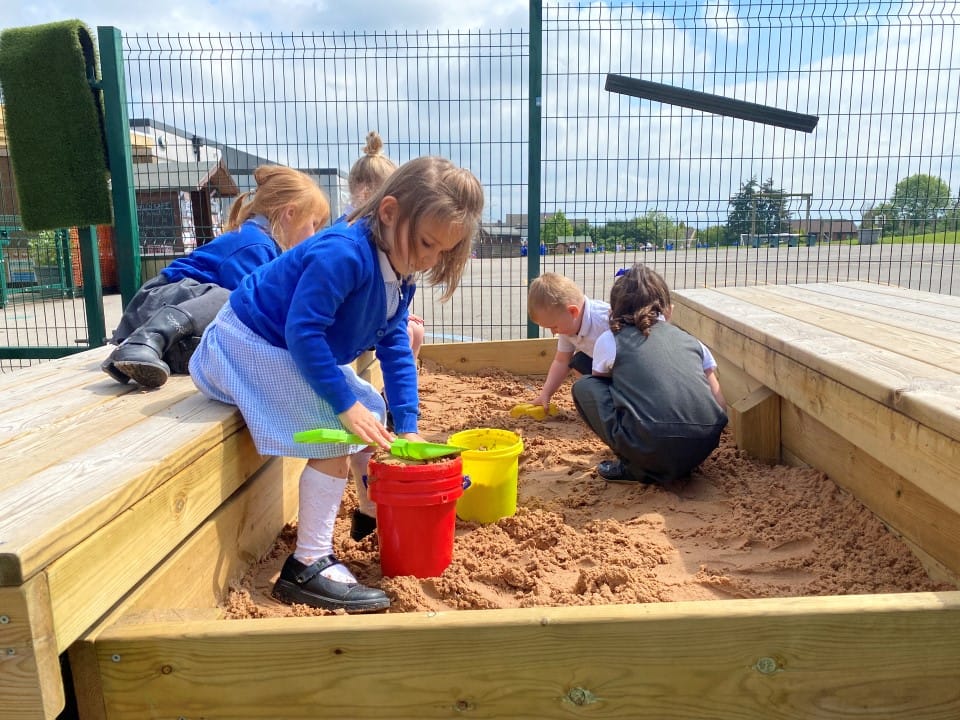
Further props such as a Tuff Tray filled with water, towels, summer clothing, sunglasses, picnic items and baskets and replica ice creams can be added following the children’s interests. Role play experiences can help pupils to describe the sensory experiences of a seaside holiday.
Shadow Play on a Sunny Day!
Talk to the class about how on sunny days we can see our shadows. Point out that when we move our shadow does too but it does not always stay the same shape and size as us. Talk about how we seek shadow on hot days to shade us from the heat of the sun.
Allow children to explore shadows by moving around outside in the sun. Children can try making their shadow as small or as big as they can.
Pupils can play ‘Shadow Tag’ by stepping on another child’s shadow to tag them. Children will also enjoy tracing their shadow using chalk at different times of the day to observe how its size and shape change.
Using a torch to represent the sun children can experiment with simple shadow puppets indoors. Puppets can be made using card and wooden sticks. A screen can also be made using thin, white material.
Sunflower Exploration
Children love to plant sunflowers and watch them grow. At the end of the growing season sunflower heads can be collected for children to examine using magnifying glasses. Pupils can exercise their fine motor muscles to carefully pick out the sunflower seeds.
Ask classes why they think sunflowers have this name? What do they need to make them grow and at what time of year do they grow? Together, read The Tiny Seed by Eric Carle which explains the life cycle of a flowering plant.
It’s Raining, It’s Pouring!
Rainy days open up a world of creative and hands-on learning opportunities, both indoors and out.
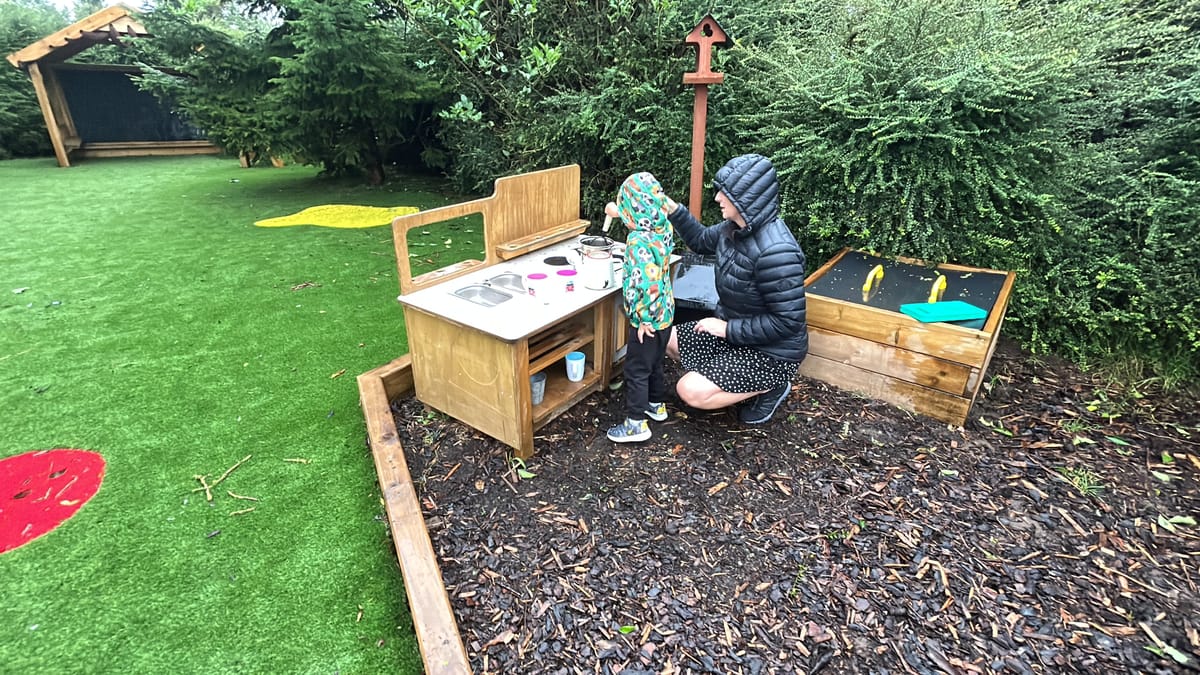
From exploring puddles and making rain gauges to experimenting with waterproof materials and transforming play spaces into rainforests, these lesson ideas turn wet weather into an adventure!
Incy Wincy Spider
Recite the rhyme Incy Wincy Spider with the class. Instruments can be used to enhance the rhyme such as a guiro as the spider climbs up the water spout, a rainmaker as the rain comes down and a tambourine for when the sun shines. Pupils may devise their own movements to accompany the rhyme.
Talk about what happens in the rhyme when the sun comes out. Explain how the sun ‘dries up’ water in puddles. Tiny drops of water, which we cannot see, go up into the sky (evaporate) they meet other tiny drops of water and form clouds. Raindrops then fall from the clouds and the process starts again.

After summer rain, children can draw round puddles with chalk. Later on, they can see what has happened to the size of the puddles and discuss reasons for the change.
When playing at the Water Table children can be challenged to create rain using pipettes, a sieve or a colander.
Make a Rain Gauge
An empty bottle can be used to create a class rain gauge. The top section of the bottle needs to be cut off, turned upside down and placed firmly into the bottom section to act as a funnel.
A section of measuring tape can be cut and attached or measurements can be drawn on using marker pen. The rain gauge needs to be placed in a suitable position outside and supported by weights on either side.
Show the class how to take a measurement in order to keep a log of any rain that has fallen. Each day, at the same time, pairs of pupils can be supported to work out how much rain has fallen. The results can be added to a block graph.
Talk to the children about how water is stored in reservoirs and how this water may be used. This could lead to a conversation about floods and droughts and children may identify countries with high and low rainfalls.
Staying Dry
Show the children a small teddy and explain that we want to find the best material for a raincoat for Ted that is waterproof.
Put Ted in a jar/beaker and place a circle of material over the top of the jar and secure with an elastic band. Materials samples could include – plastic, wool, cotton, velvet, leather, rubber, polyester or tin foil.
Using a pipette, drop water onto the top of the material and observe what happens. Which material helped teddy to stay the driest? Invite pupils to rank the materials from most effective to least effective.
Ask the children which material they would use for teddy’s raincoat and compare this with their own raincoats by looking at material labels. Prompt children to consider the aprons they may wear when playing in water and to consider why they work.
Turn your Climbing Frame into a Rainforest!
Transform a Harter Fell Climber into a Rainforest hideout! Hang fabric from the climber to represent the understorey layer and different green fabric over the top for the canopy. Old, brown tights could be wrapped around the sides of the frame to represent tree trunks and leaf shapes can be stuck around the top of the frame.
Show children where rainforests are located around the world: South America, Africa, Asia. Explain that rainforests are forested areas that receive significant amounts of rainfall. Talk about how trees and plants grown very quickly due to weather conditions and that trees grow close together creating a canopy roof for shelter and protection.
Play games where children are given animal cards/masks and must place themselves on the climbing frame in the correct rainforest layer.
Windy Days
Blustery weather brings a sense of excitement and endless opportunities for hands. Windy days are perfect for outdoor activities that help children observe, experiment, and play with the invisible forces all around them. From watching leaves and bubbles dance in the breeze to making windmills, testing sailing boats, or simply feeling the wind on their faces, these lesson ideas invite pupils to explore how wind shapes our world!
Observing the Effects of the Wind
On a windy day take classes outside to observe the effects of the wind. Ask children to explain how we know the wind is there if we cannot see it? Do pupils notice anything, bending, fluttering or billowing? What can they hear? Talk about how their face, eyes and fingers feel?
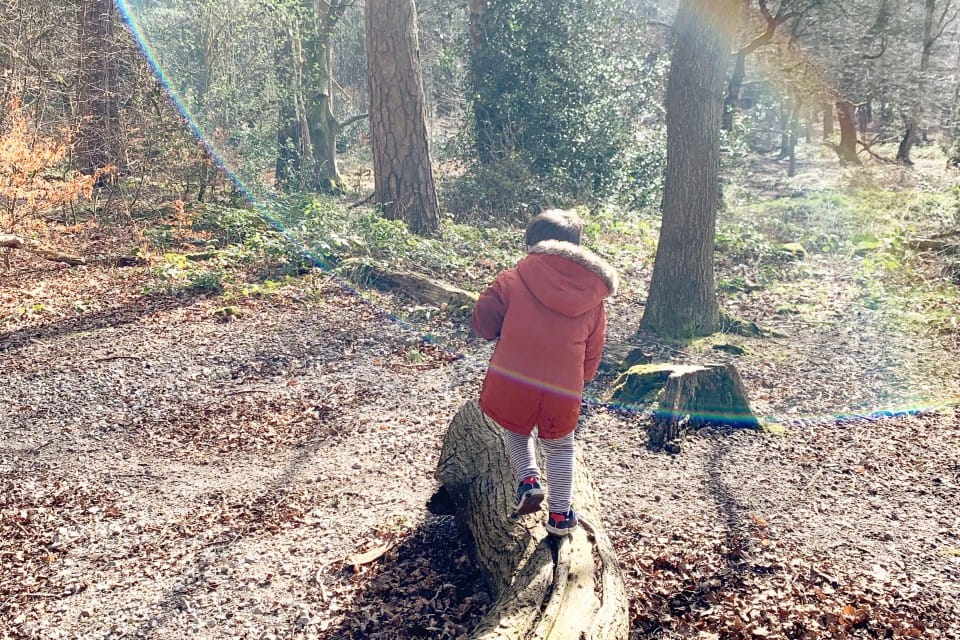
Pupils could observe how leaves, feathers or blown bubbles move in the wind. How do the objects travel and how does the wind alter their path? Students could also wash dolls clothing before pegging it outside on a windy day to observe how the clothing dries.
Make and Test Sailing Boats
Show the children pictures of sailing boats on calm and stormy seas. Make simple sailing boats with the class using polystyrene or plastic trays with cut-out paper sails attached to toothpicks using blu-tack.
Fill an outdoor Water Table to the top so that the wind will create ripples and small waves. Try sailboats both inside the classroom and outdoors. What differences do the children observe when sailing their boats outside in the wind?
Under supervision, pupils could use hand-held fans to blow a boat containing a passenger (toy figure) from one destination to another. Children can be encouraged to adapt and re-test their designs.
Windmills
Show the class some shop bought windmills and link this to windmills the children may have seen. Explain that windmills use the power of nature to crush grain or to move water. Children may be more familiar with renewable wind turbines which supply power to their homes.
Take apart the shop bought windmills to show children how they have been constructed. Using a paper square template support each child to cut along the diagonal creases and to fold the corners of the paper into the centre and stick down with a blob of glue. Push a split pin through the centre of the template and also through the end of a plastic straw and secure.
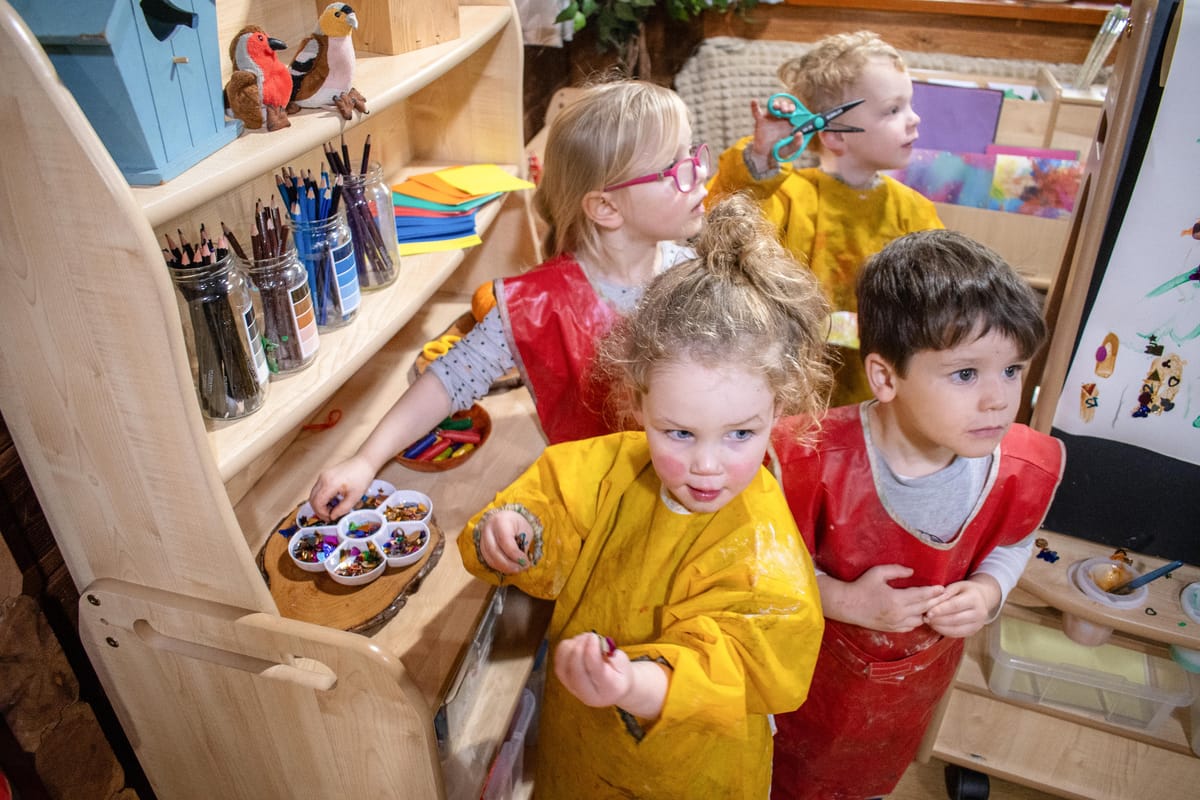
Pupils can take their windmills outside and experiment with standing still and walking and running with them in different directions. Ask children when their windmills turned most quickly/slowly or not at all. Can students explain why?
Up in the Clouds
Let imaginations soar as you explore the world above with these dreamy, cloud-themed activities. Whether you’re cloud gazing on a blanket or creating fluffy cloud shapes in a play tray, these lesson ideas invite children to observe, wonder, and get creative.
Cloud Gazing
Encourage children to lie on a blanket and look up at the sky (wearing sunglasses for protection.) Ask pupils what they can see and what the clouds make them think of? Children can make up stories to link together the different things they can see in the clouds.
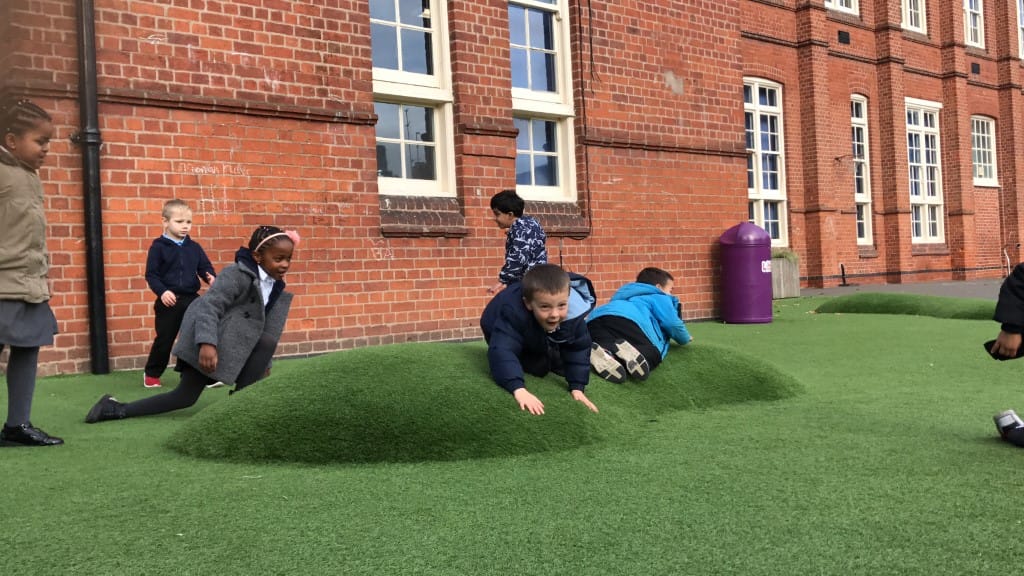
In a Play Tray Activity Table set up shaving foam or flour and encourage children to make shapes and marks based on those observed.
Snow and Ice
A winter wonderland offers endless opportunities for sensory exploration and imaginative play. These lesson ideas are designed to help children experience the magic of snow and ice.
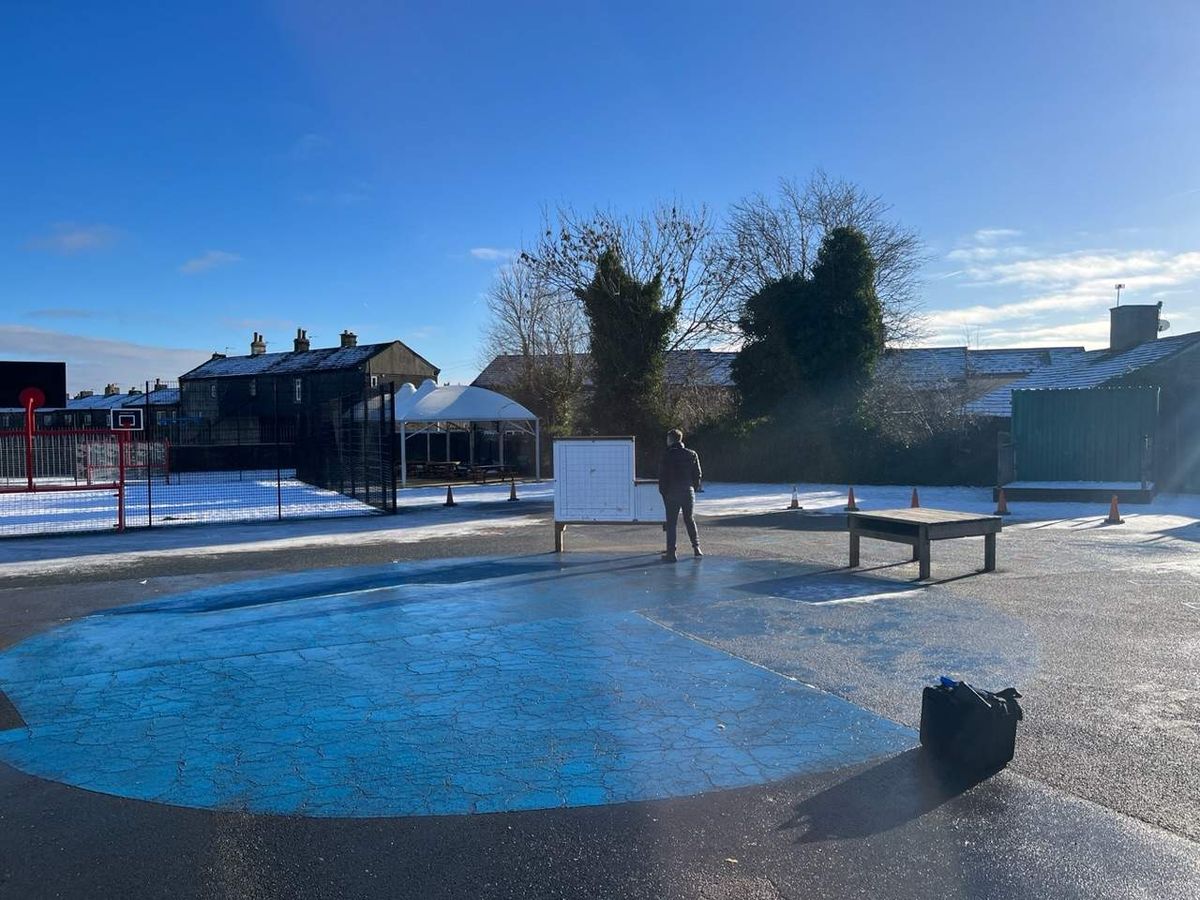
From investigating how ice melts to creating snowy art and exploring the chilly outdoors, these activities encourage children to observe, experiment, and describe the unique sights, sounds, and sensations of winter. Bundle up and get ready for frosty fun that brings learning to life!
Experiencing Snowy Conditions
If you are lucky enough to experience snow in your setting this can be a fantastic sensory experience for pupils provided that they are dressed warmly and appropriately.
- Ask pupils: What does the snow look like to you? Does it remind you of anything? What does the snowy air smell like? How does the snow feel when you pat it, squeeze it, roll it or poke your fingers in it? What does it sound like when you walk/jump on it? Can you make footprints in the snow? What does it sound like when you shake the snow off branches or throw it at a wall? Can you see your breath? How does your body tell you it is cold?
Ice Explorers
Small world characters can be frozen inside blocks of ice and placed inside a Tuff Spot or Water Table. Children can try to safely free the trapped figures by using warm water and a range of tools such as soft hammers or spoons.
Natural objects which occur during the winter seasons such as berries, holly, pine cones and twigs could be frozen inside blocks of ice for children to examine and explore with magnifying glasses.

Icebergs can be created by filling sandwich bags with water and sealing. Once frozen, the ice can be broken into smaller pieces to use for water tray play. Children can guide their toy ships around the icebergs. Pupils may use toy figures and lifeboats to re-enact a rescue operation if a ship hits an iceberg.
Ice paints can be made by freezing a mixture of paint and water in an ice cube tray with wooden sticks attached. Using large paper in the outdoor area pupils can use large arm movements to create sweeping marks.
Do you want to make a Snowman?
Wrap a selection of different sized boxes in white paper. Draw a snowman’s face on the smallest box. Ask children to stack the boxes in size order to create a snowman. Encourage children to use vocabulary related to size when comparing boxes.
Make simple snowman biscuits, encouraging children to weigh and measure ingredients.
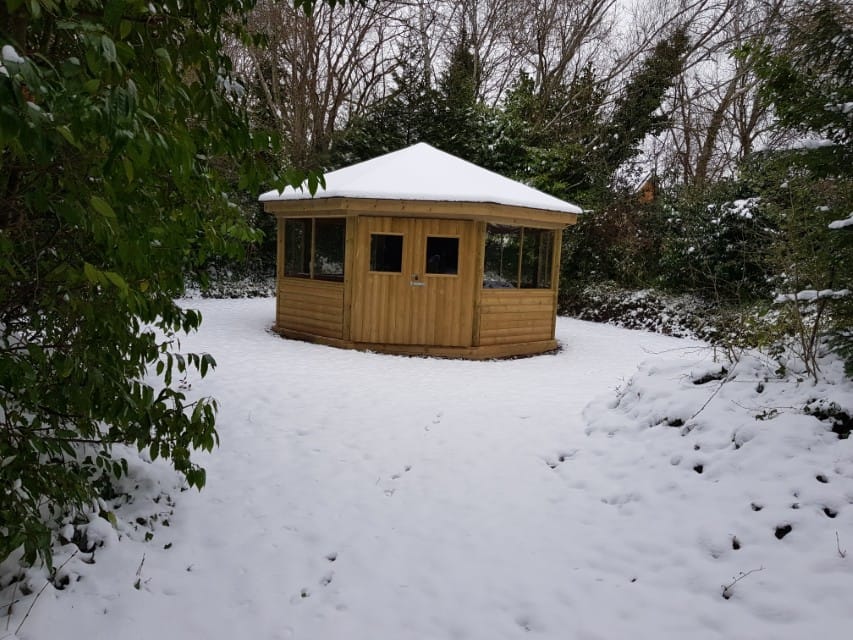
Introduce various ingredients and utensils and see if children can name them. Read through the recipe together noting pictures/photographs of various stages. Take turns to weigh all ingredients and add them to the mixing bowl. Allow children to rub ingredients together with their fingertips until a ball of dough forms.
Divide the dough between the children and let them roll it out, using their cutter to make one or more snowmen. When they biscuit are baked, they can be dusted with icing sugar and children can decorate with chopped cherries/chocolate drops.
Have Lessons For Every Forecast
Learning about the weather is such an interesting theme for EYFS pupils. The topic is wide and learning can be based on pupils’ current interests.
Children can readily experience variable weather conditions on a daily basis. Through learning about the weather children not only learn about their immediate environment, but also about what life is like for others around the globe.
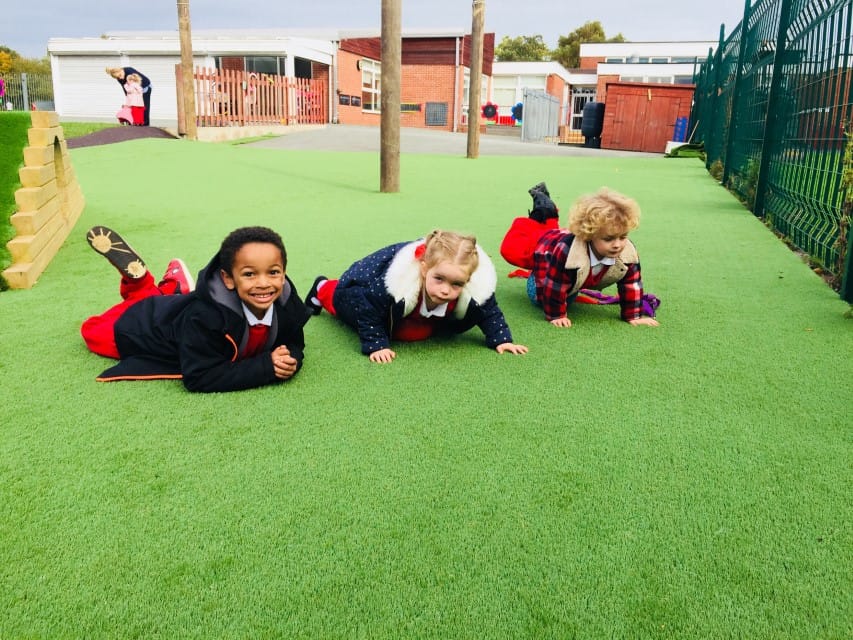
A weather topic can enhance the EYFS curriculum by providing interesting learning experiences which stimulate curiosity and help pupils to understand the world in which they live.
High quality Pentagon resources, readily available from our Online Shop, such as a Tuff Spot Table, Flat – Pack Playhouse, Sand Box and Water Table can greatly enhance learning within this topic by helping children to understand difficult concepts through practical approaches.
